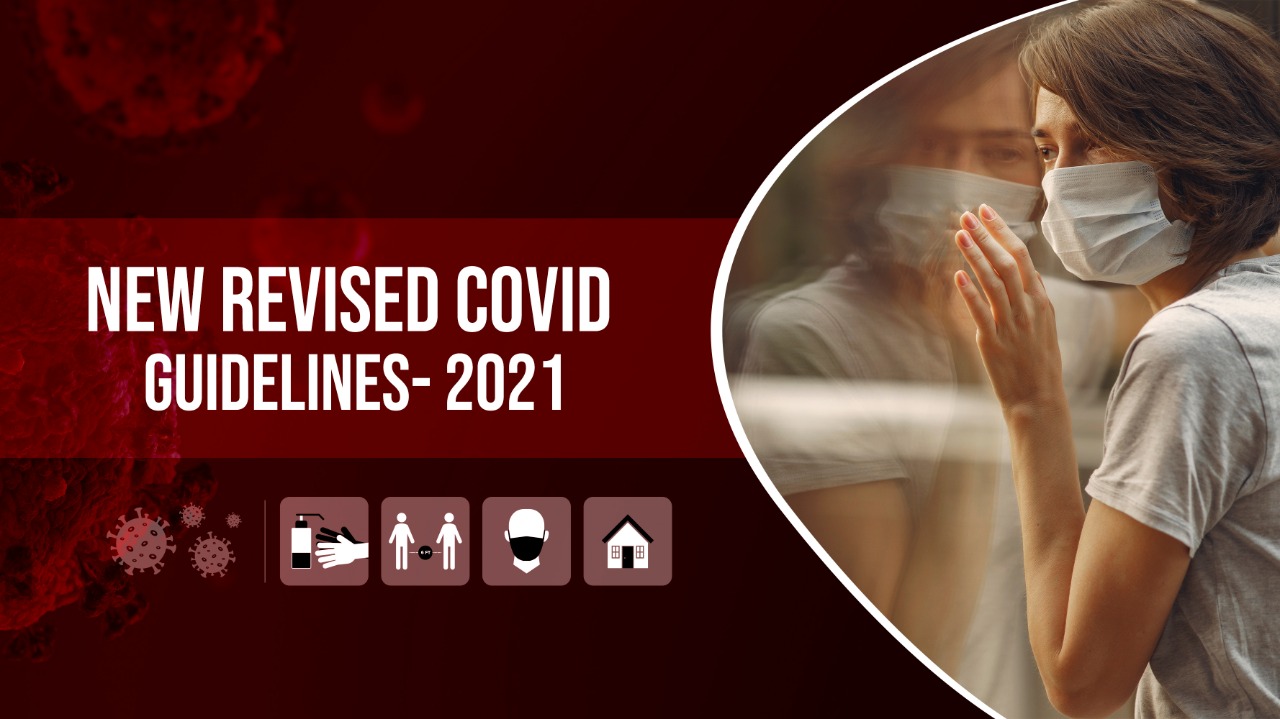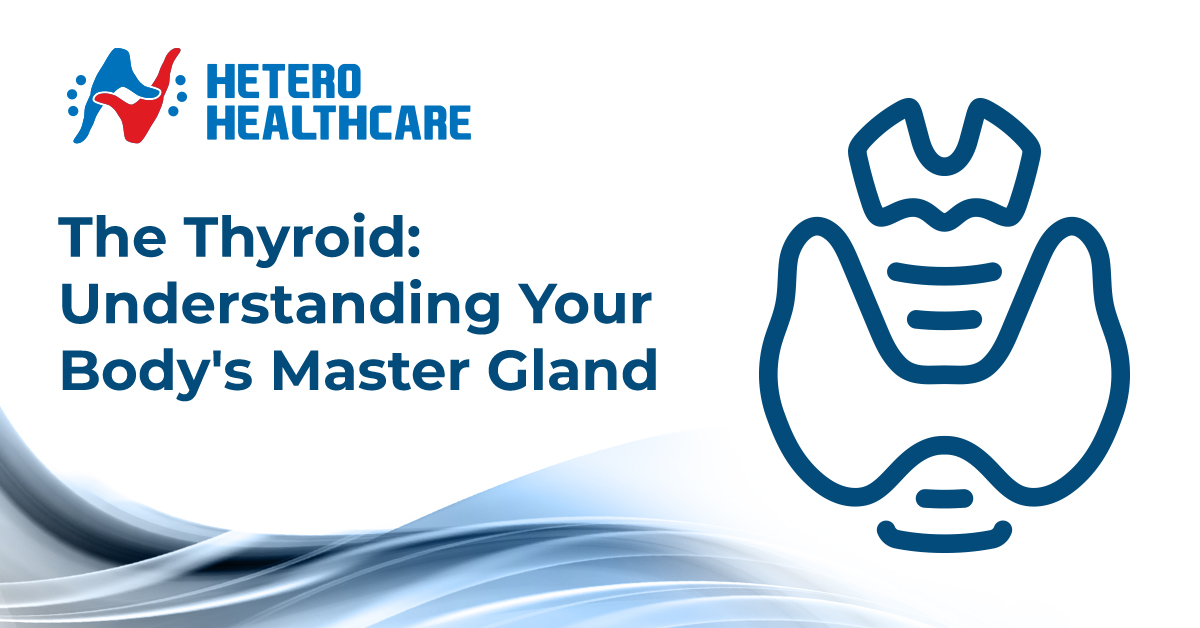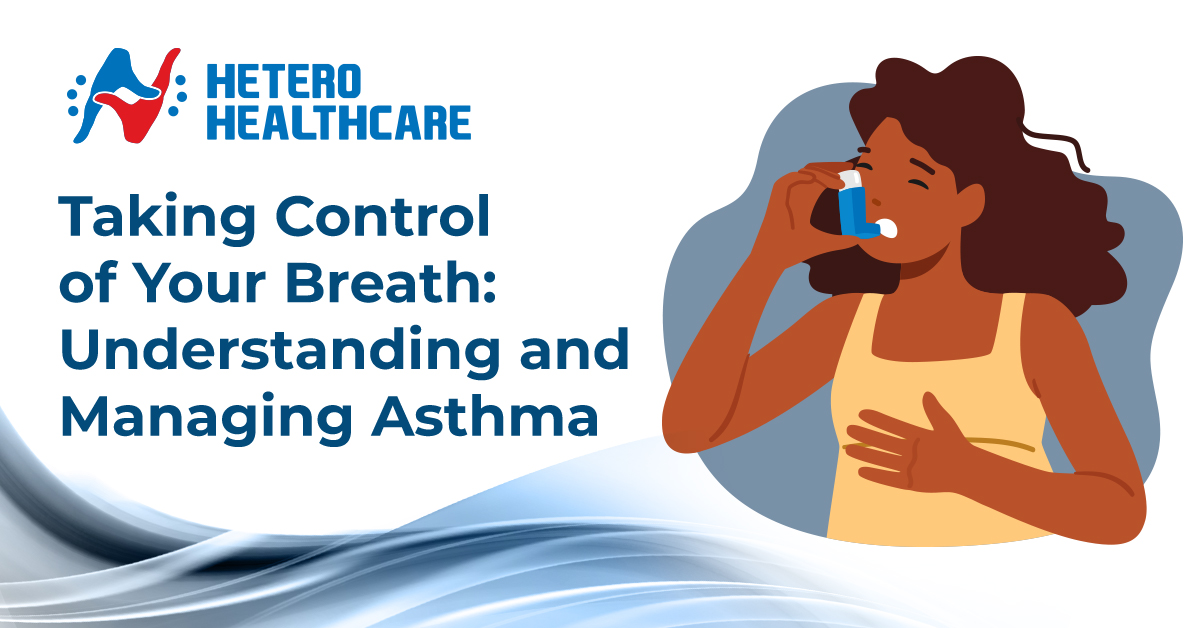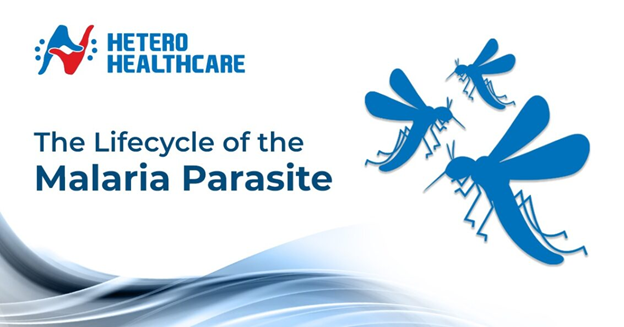The Government of India has updated the guidelines for mild and asymptomatic COVID-19 patients undergoing home isolation. The guidelines released on July 2, 2020, have been superseded by these guidelines.
What are asymptomatic and mild cases according to new guidelines?
All laboratory-confirmed cases of COVID-19 where patients do not experience any symptoms and have oxygen saturation at room air of more than 94% are known as asymptomatic cases.
When patients have upper respiratory tract infection symptoms without shortness of breath and oxygen saturation at room air of more than 94%, those cases are clinically assigned as mild cases.
Who are eligible for home isolation?
- The medical officer appointed on COVID duty should confirm that the patient is mild/asymptomatic and can undergo home isolation.
- Patient undergoing home isolation should have proper facility to be isolated and keep his/her family members safe from getting contracted with the virus. The isolation room should be a well-ventilated single room, preferably with an
attached/separate toilet.
- A caregiver should be available 24 hours a day, seven days a week. For the period of home isolation, there should be a proper connection between the caregiver and the hospital.
- Geriatric patients of 60 years and above, and those with co-morbid conditions such as Hypertension, Diabetes, Heart disease, Chronic lung/liver/ kidney disease, Cerebro-vascular disease, etc., shall only be allowed home isolation after proper evaluation by the treating medical officer.
- Patients who have HIV, or have undergone cancer therapy or any organ transplant, are not approved for home isolation. They should only be granted home isolation after a thorough examination by the medical officer on COVID duty.
- Hydroxychloroquine prophylaxis should be used by the caregiver and other closed persons near the patient as directed by the treating medical officer.
What are the instructions the patient need to follow during home isolation?
- The patient must separate himself from other household members; he/she must remain in the designated room and away from other members of the household, especially the elderly and those with co-morbid conditions such as hypertension, cardiovascular disease, renal disease, etc.
- The patient should wear a triple-layer medical mask. If the mask becomes damp or soiled, discard it after 8 hours of use or sooner. If a caregiver enters the room, both the caregiver and the patient should consider wearing an N 95 mask. Mask should be discarded only after disinfecting it with 1% Sodium Hypochlorite.
- The patient must stay hydrated by drinking sufficient water and taking ample rest.
- While sneezing, cover the face with disposable tissue paper and discard it properly.
- Hands should be washed frequently with soap and water or alcohol-based sanitizer for at least 40 seconds.
- Under no conditions can the patient attend any social or religious gatherings, such as weddings or funerals.
- Ensure cleaning of surfaces in the room that are touched often (tabletops, doorknobs, handles, etc.) with 1% hypochlorite solution.
- Self-monitoring of blood oxygen saturation with a pulse oximeter is strongly advised.
- The patient should let the caregiver know if he feels his/her symptoms are worsening. This will help in getting immediate hospital care.
- Isolated patients should have their essentials and utensils. They should not share these things with anyone in the house.
- Hands should be washed as much as possible with soap and water or an alcohol-based hand sanitizer.
What instructions should a care giver follow?
- A.Instruction on using Mask
- A triple-layer surgical mask should be worn by the caregiver 24/7. When visiting the sick person in the isolated room, an N95 mask must be worn by the caregiver.
- Avoid touching the front portion of the mask.
- If the mask becomes damp or dirty due to secretions, it must be replaced right away.
- Discard the mask after use and perform hand hygiene after disposal of the mask.
- The caregiver should avoid touching his/her face, nose, or mouth during the visit and after the visit. Wash hands appropriately as per COVID guidelines, and then he/ she can touch the face, eye, and nose.
-
B.Instruction on using Hand Hygiene
- The caregiver should wash the hands properly as per COVID guidelines after visiting the isolated patient.
- Hand hygiene should be adopted as a habit before and after food preparation, dining, using the restroom, and if hands appear dirty.
- Use soap and water for handwashing at least for 40 seconds. An alcohol-based hand rub can be used if hands are not visibly soiled.
- After washing hands with soap and water, it is preferable to dry them with disposable paper towels.
- Create a habit of hand hygiene before and after removing gloves.
- C.Exposure to patient/patient’s environment
- Direct contact with the patient's bodily fluids, particularly oral or respiratory secretions, should be avoided. Wear plastic gloves when treating the patient.
- As a caregiver patient you should prevent yourself from potentially infected products in his or her immediate surroundings (e.g. avoid sharing cigarettes, eating utensils, dishes, drinks, used towels or bed linen).
- The patient should have proper access to good and healthy food. The patient's utensils and dishes should be washed with soap/detergent and water while wearing gloves. The dishes and utensils can be reused.
- After removing gloves or handling used items, wash your hands properly. When cleaning or handling surfaces, clothing, or linen used by the patient, use a triple layer medical mask and disposable gloves.
- D.Biomedical Waste Disposal
- General solid waste (household waste) should be collected in containers, tied tightly, and delivered to a municipal solid waste collector designated by Urban Local Bodies for final disposal.
- General solid waste should include leftover food, disposable utensils, water bottles, and tetra packs used by COVID-19 patients during isolation at home. The waste produced from the kitchen, packaging material, waste food material, waste papers, waste plastics, and floor cleaning dust should be discarded as mentioned in point 1.
- Used masks, pads, gloves, towels, or swabs contaminated with COVID-19 patients' blood or body fluids, as well as used syringes, and medications should be considered as biomedical waste. Even the earbuds used by the patient to clean his/her ears should also be considered biomedical waste.
- Biomedical waste should be collected separately in yellow bags provided by ULBs (appropriate for biomedical waste collection). These bags should be stored in their own appropriately sized dustbins. Yellow bags should not be used to store general waste.
- 5. Hand over the yellow bags containing biomedical waste to authorized waste collectors engaged by local bodies when they appear at your doorstep; or
- Biomedical waste should be deposited in yellow bags at ULB-designated deposition centers. The bag should be placed in a yellow bag or container once more; or
- Hand over the biomedical waste to the CBWTF operator's waste collector.
- Masks and gloves worn by people who are not COVID-19 patients should be held in a paper bag for at least 72 hours before being disposed of as general waste to avoid reuse.
When to seek medical attention?
The Care giver should keep monitoring the health of the isolated patient. Even the patient can do it on his own. Immediate medical attention must be sought if severe signs or symptoms of CIVID-19 develop. These could include
- Difficulty in breathing
- Dip in oxygen saturation (SpO2 < 94% on room air)
- Persistent pain/pressure in the chest
- Mental confusion or inability to arouse
When to discontinue home isolation?
The patient can discontinue home isolation after no serious health concern is observed ten days from the onset of symptoms or the date of confirmation for the asymptomatic case. The patient should have no fever for three days. Testing for COVID-19 is not required after the home isolation period is over.




